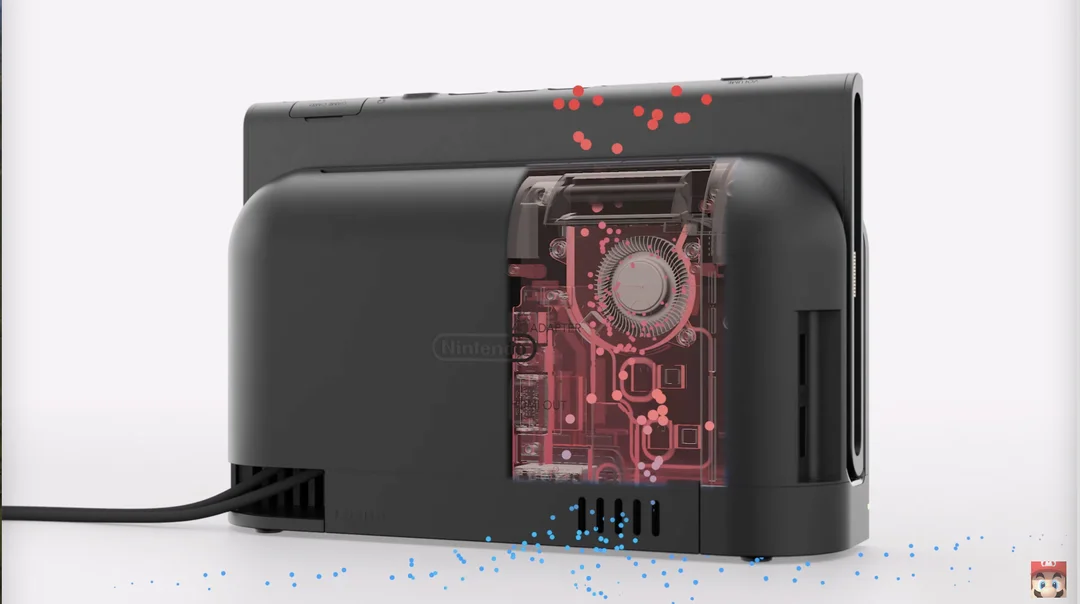
Nintendo Switch 2: Consolidating Innovations and Doubling Down on Docked Performance
The Nintendo Switch 2 is generating buzz not just as a successor, but as a culmination of Nintendo's hardware experiments. It appears to be taking a more conventional approach by beefing up specs and augmenting hardware with practical features, but make no mistake – this is no mere iteration. Let's dive into what makes the Switch 2 a potential game-changer.

One standout feature is GameChat, which includes a built-in mic, hearkening back to the Wii Speak accessory. This isn't just about coordinating in-game strategy; it's about fostering a communal, casual atmosphere where everyone in the room can join the conversation. As Hisashi Nogami, director of Animal Crossing: City Folk, aptly put it, "You can just sit in front of the TV and enjoy talking as you please. You don't feel like you have to be speaking the whole time."
The Joy-Con 2 controllers bring another blast from the past with their ability to function as mice. This echoes Nintendo's earlier mouse accessories for the Super NES and N64. This feature provides a substitute for touch inputs when the system is docked, offering possibilities for bringing DS titles to the platform.
GameShare is another intriguing element. It utilizes the Wii U's streaming tech to stream games to another Switch system. It enables dual-screen gameplay experiences, with one Switch serving as a controller.

Delving into the technical specs, the Switch 2 features a custom processor made by Nvidia, specifically the T239. This is no mere reskin; it's custom silicon designed for Nintendo. The CPU features 8x ARM Cortex A78C cores, with six available to developers. The GPU architecture has been upgraded to Ampere from the RTX 30 series. It boasts 1536 CUDA cores clocked at 1007MHz when docked and 561MHz in handheld mode. The Switch 2 further comes with 12GB of LPDDR5X memory.
Digital Foundry notes a stark difference in performance between docked and handheld modes, remarking that the Switch 2 is more powerful, especially when docked. The GPU is rated for 3.072 TFLOPs when docked. It nearly triples the amount of memory game makers can use and supports 4K 60 fps and 1440p 120 fps output in docked mode.
While GameChat is innovative, it does impact system resources. Nintendo provides developers with a dedicated testing tool. Early impressions suggest potential performance costs, particularly with screen sharing and video calls.
With beefed-up specs, borrowed ingenuity, and a focus on doubling down on docked performance, the Nintendo Switch 2 has the potential to be a gaming powerhouse. It builds on Nintendo's history while pushing the envelope in performance. Will developers take full advantage of these capabilities? Only time, and the games themselves, will tell.
What do you think about the Switch 2's specs and features? Let us know your thoughts in the comments below!